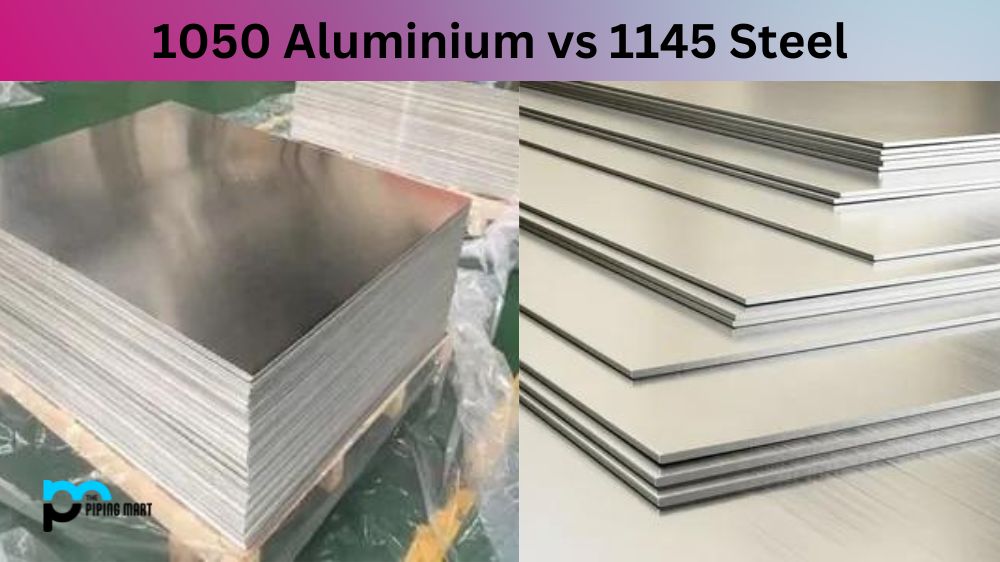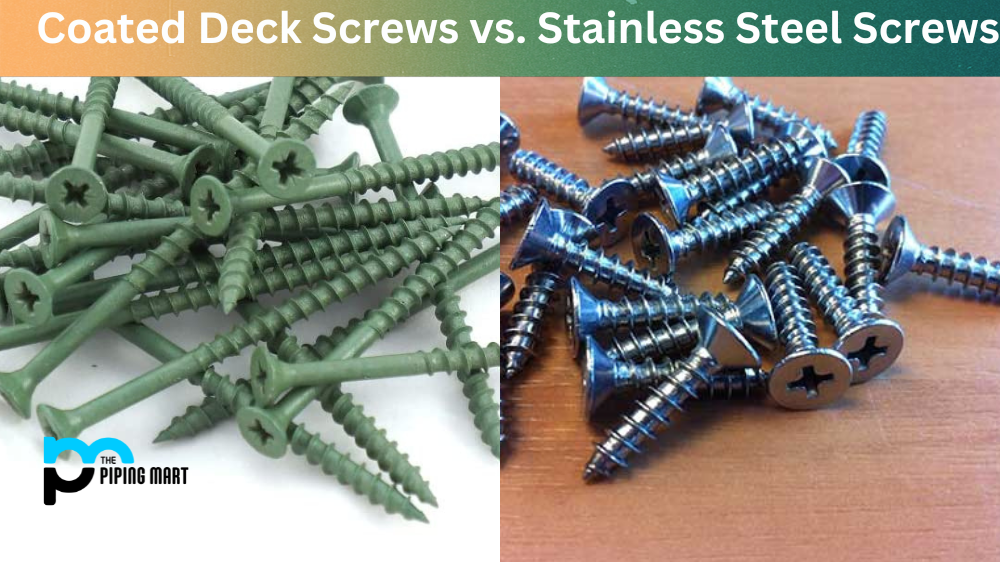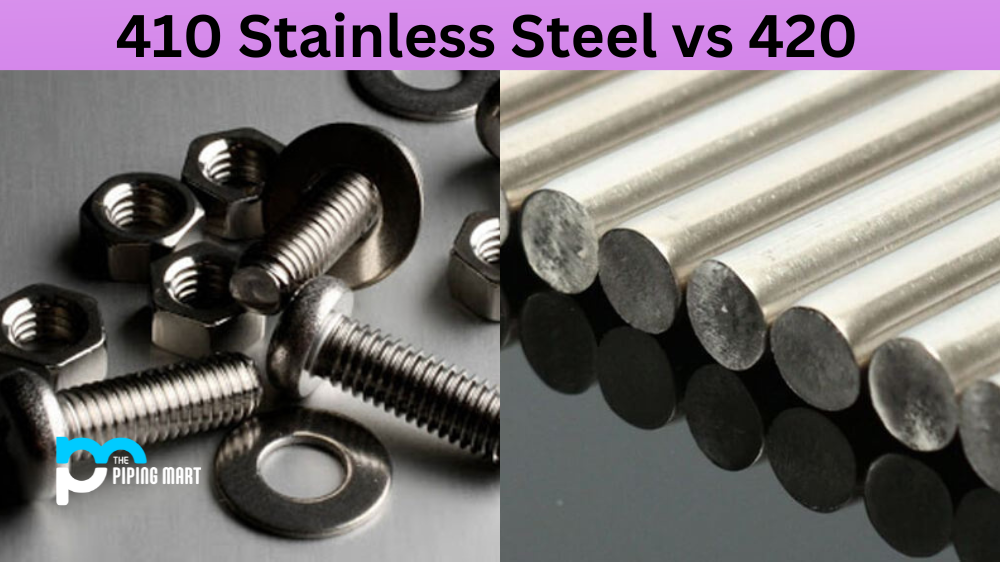Steel has become a cornerstone in construction, manufacturing, and many other industries. It is known for its strength, durability, and affordability. However, not all steel is created equal; many different types of steel have other properties. Two of the most commonly used types of stainless steel are AISI 303 and 420. This blog post looks at the differences between these two sheets of steel to help you make an informed decision when choosing the right type for your project.
AISI 303 Stainless Steel
AISI 303 stainless steel is an iron, chromium, and nickel alloy. It has good machinability and corrosion resistance due to the addition of sulfur. Additionally, it is heat-treatable (meaning it can be hardened or softened through a heating process). As such, it is often used in food-processing equipment, medical instruments, and tools. It also has excellent weldability properties due to its low carbon content; however, it can be prone to stress corrosion cracking if not adequately treated.
AISI 420 Stainless Steel
AISI 420 stainless steel is another popular alloy of iron, chromium, and nickel that boasts excellent tensile strength and abrasion resistance. It also has good weldability despite its high carbon content—but this makes it more susceptible to rusting than AISI 303 stainless steel due to its higher levels of chromium carbides (which form when exposed to high temperatures). Due to these characteristics, AISI 420 stainless steel is often used in knives, cutlery, and surgical instruments due to its superior edge retention properties.
Difference Between AISI 303 and 420
AISI 303 and 420 are two types of stainless steel that are often used in the food and beverage industry. Both sheets of steel offer a high degree of corrosion resistance and durability, making them ideal for food preparation and storage applications. However, critical differences between the two sheets of steel should be considered when choosing which one to use.
Composition
One of the main differences between AISI 303 and 420 stainless steel is their composition. AISI 303 stainless steel contains chromium and nickel, while AISI 420 stainless steel contains chromium, nickel, and molybdenum. Adding molybdenum makes AISI 420 stainless steel more corrosion-resistant than AISI 303 stainless steel.
Hardness
Another difference between these two types of stainless steel is their hardness. AISI 303 stainless steel is less complicated than AISI 420 stainless steel, making it easier to machine and weld. However, the lower hardness of AISI 303 stainless steel also makes it more susceptible to damage from impact.
Cost
The cost of AISI 303 and 420 stainless steel can also be a factor to consider when choosing between the two alloys. AISI 303 stainless steel is generally more expensive than AISI 420 stainless steel due to its higher nickel content. However, both alloys offer good value for the money, as they are both durable and corrosion-resistant.
Applications
Finally, it is essential to consider the intended application when choosing between AISI 303 and 420 stainless steel. AISI 303 stainless steel is typically used when aesthetics are essential, such as in architectural applications or food service equipment. AISI 420 stainless steel is often used in industrial applications where strength and durability are required, such as in valves or pumps
Conclusion:
When considering which type of stainless steel best suits your needs—whether for food-processing equipment or cutlery—it’s essential to consider the differences between AISI 303 vs 420 sheets of steel. Each type offers unique benefits that may make one more suitable than the other depending on your application requirements. Be sure to evaluate both options carefully before making your final decision!

Abhishek is a seasoned blogger and industry expert, sharing his insights and knowledge on various topics. With his research, Abhishek offers valuable insights and tips for professionals and enthusiasts. Follow him for expert advice on the latest trends and developments in the metal industry.




